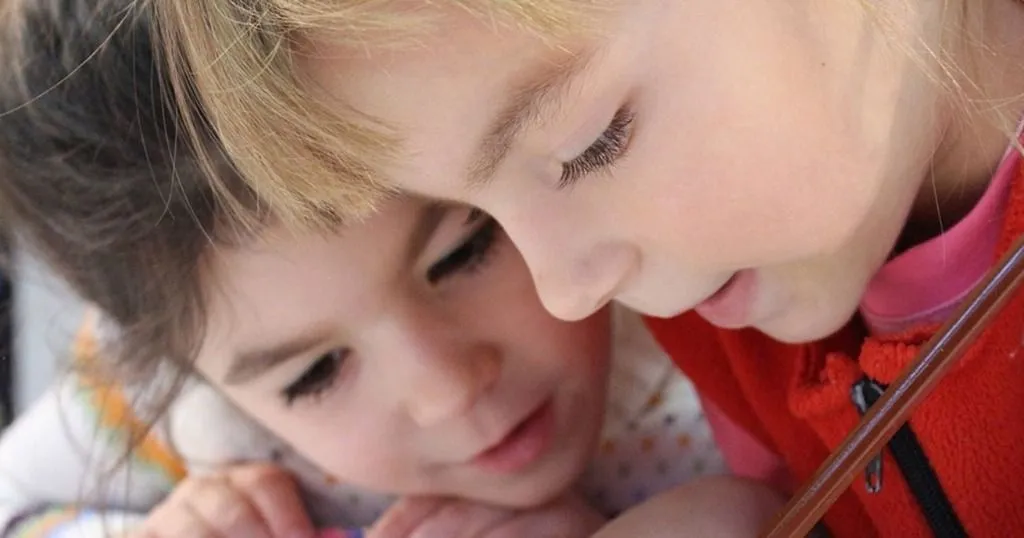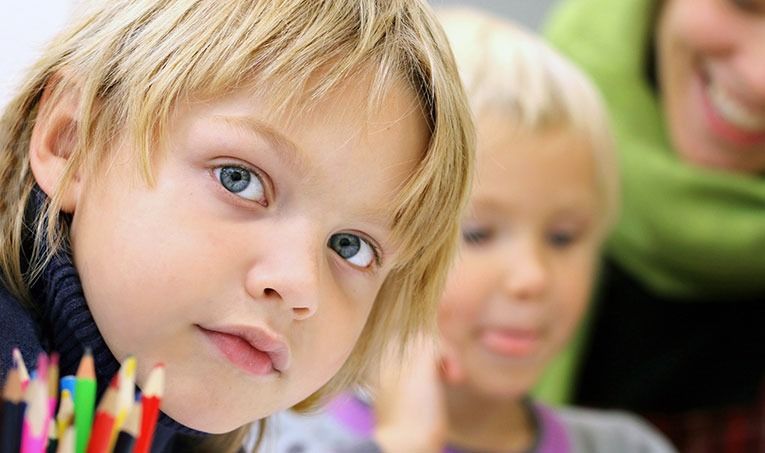The impact of sounds on autistic children’s behaviors

Children with autism can have trouble dealing with external distractions. Researcher Shireen Kanakri conducted a study to observe the impact of the acoustic environment on restrictive and repetitive behaviors.
Posted by
Published on
Thu 15 Jun. 2017
Topics
| Autism | Classroom Observation | Language Disorder | Repetitive Behavior | The Observer XT | Video Observation | Infants | Developmental Disorder |
How well can you concentrate on reading a paper while the radio is playing loudly? Or if something is making distracting sounds next to your working space? These can disturb your concentration. They affect you, it possibly irritate you for a minute or two, but eventually you are able to ignore them and continue your activity.
Dealing with distractions can be hard
Children with autism have trouble dealing with these external distractions, because they have different sensitivities to the environment than other individuals. They must expend more effort to process stimuli, such as sounds, colors, feelings, and odors.
Controlling the noise, careful use of color, limiting details, and purposeful design are therefore important components in designing spaces for these children, particularly classrooms.
These environmental concerns are increasingly considered in architectural and interior design work.

Researcher Shireen Kanakri conducted a study to observe the impact of the acoustic environment on autistic children’s behaviors. She specifically focused on repetitive speech and motor movement, while in a classroom setting. Children were observed in four different classrooms, each with a different decibel (dB) level in the room.
Restrictive and repetitive behaviors
The research looked specifically at “restrictive and repetitive behaviors” (RRBs). These behaviors are identified as behaviors that have no observable goal, but are repetitiously executed. They are often vocal or motor behaviors such as hand flapping, repeatedly uttering or echoing words or phrases, bizarre body movements, foot tapping, and head movements.
Repetitive behaviors and routines can be a source of enjoyment for autistic people and a way of coping with everyday life. But they may also limit involvement in other activities, and cause distress or anxiety.
Attention to the acoustical environment was expected to improve the well-being of children with autism through decreasing psychological and physiological distress, and enhancing the ability to concentrate.
Capturing behaviors in the classroom
Two schools for children with autism located in the southern United States agreed to participate in the study. Two classrooms were observed in each school. One classroom was located near the playground, and a heating, ventilation, and air-conditioning system (HVAC) turned on and off every ten minutes. This classroom was coded as “loud”. The other classroom, coded as “quiet”, was located further away from the playground and did not have an HVAC system.
Video data was collected during a seven week period, for 42 children, 6-9 years old. Trained graduate students coded the RRBs and speech. The decibel levels and observations of repetitive motor movement and repetitive speech were then compared in The Observer XT.
How to design a classroom for children with autism
The results revealed that children in the loud classrooms showed higher numbers of repetitive behaviors and repetitive speech than did children in the quiet classrooms. The findings indicated that as dB levels increase, repetitive behaviors and repetitive speech increases.
Furthermore, the repetitive speech behaviors influenced the repetitive behaviors as well. The more children used echolalia, the more they showed repetitive behaviors.
The findings that repetitive behaviors are correlated with the acoustical condition of the environment should be considered in the design of classrooms for children with autism, for the benefit of user comfort and educational performance. Quieter classrooms decrease distress and increase positive behavior, which then enhances these children’s ability to function effectively in the learning environment.
Reference
Kanakri, S. (2017). Acoustic design and repetitive speech and motor movement in children with autism. Environment and Ecology Research, 5 (1), 39-44. DOI: 10.13189/eer.2017.050105
Related Posts

Designing a behavioral coding scheme to identify complex trauma

How does communication with strangers develop?

